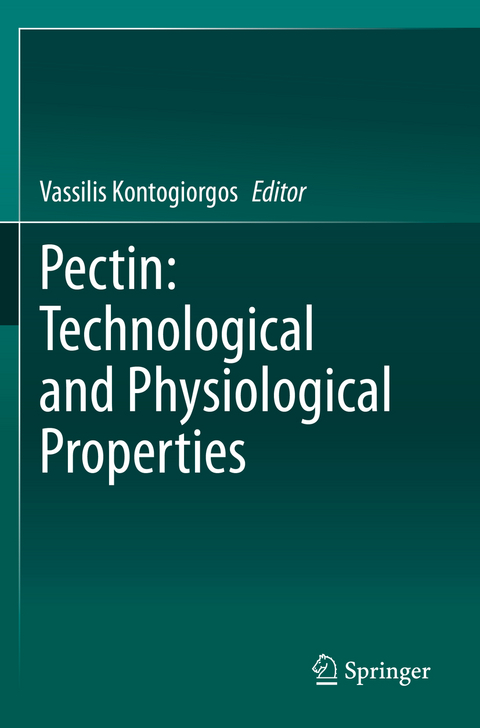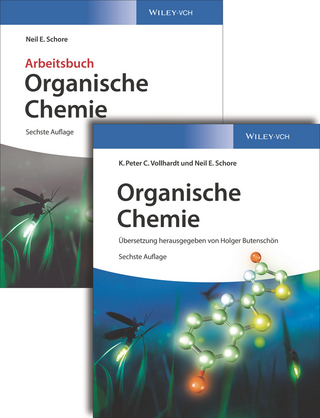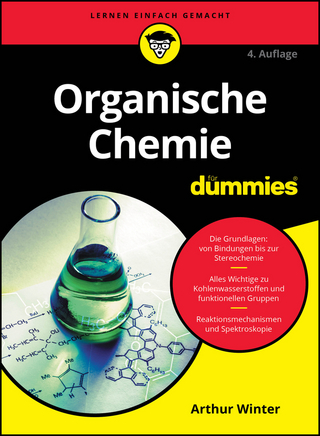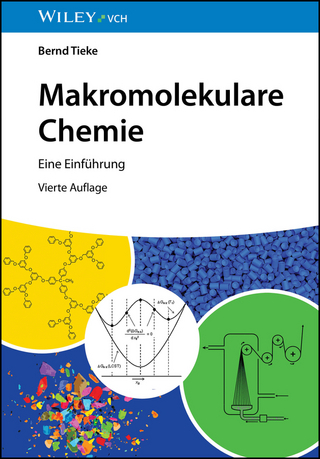
Pectin: Technological and Physiological Properties
Springer International Publishing (Verlag)
978-3-030-53423-3 (ISBN)
Pectin: technological and physiological properties is the first book to fully focus on the introductory concepts on pectin. Individual chapters cover localization and function, the structural aspects of pectin, pectinases, isolation and characterization and recovery from agricultural wastes. Important current advances such as emulsions, films, digestion, metabolism and bioactive properties are also focused on.
With its combinationof vital basic information and technological advances, this book presents full and up to date coverage on this pectin and its many forms and uses in foods.
lt;p>Dr Kontogiorgos is a food scientist by training having received all his degrees in Food Science from the Aristotle University of Thessaloniki, Greece (B.Sc. and M.Sc.) and University of Guelph, Canada (Ph.D.). He has worked as an NSERC research fellow at the Agriculture and Agri-Food Canada (Canada) and as faculty member at the Department of Biological Sciences, University of Huddersfield (UK) before joining the School of Agriculture and Food Sciences at the University of Queensland (Australia).
Dr Kontogiorgos research interests are focused on the area of polysaccharide isolation and characterisation with particular interest on pectin extraction and functionality. He is also working on the physical chemistry of colloidal systems that are fabricated with pectin and other polysaccharides. Dr Kontogiorgos is associate editor of Food Hydrocolloids and Food Biophysics.
Chapter 1 Biosynthesis, Localisation, and Function of Pectins in Plants.- Chapter 2 Pectin Structure.- Chapter 3 Pectin Degrading Enzymes.- Chapter 4 Isolation and Characterisation of Pectin.- Chapter 5 Emulsification Properties of Pectin.- Chapter 6 Edible Films and Coatings with Pectin.- Chapter 7 Pectin Gelation and its Assembly into Functional Materials.- Chapter 8 Digestion and Metabolism of Pectin.- Chapter 9 Pectin Bioactivity.- Chapter 10 Pectin as Drug-Release Vehicle
| Erscheinungsdatum | 07.10.2021 |
|---|---|
| Zusatzinfo | XI, 207 p. 23 illus., 20 illus. in color. |
| Verlagsort | Cham |
| Sprache | englisch |
| Maße | 155 x 235 mm |
| Gewicht | 343 g |
| Themenwelt | Naturwissenschaften ► Chemie ► Organische Chemie |
| Technik ► Lebensmitteltechnologie | |
| Schlagworte | biopolymers • carbohydrates • pectin • Pectins In Foods • polysaccharides |
| ISBN-10 | 3-030-53423-5 / 3030534235 |
| ISBN-13 | 978-3-030-53423-3 / 9783030534233 |
| Zustand | Neuware |
| Haben Sie eine Frage zum Produkt? |
aus dem Bereich


